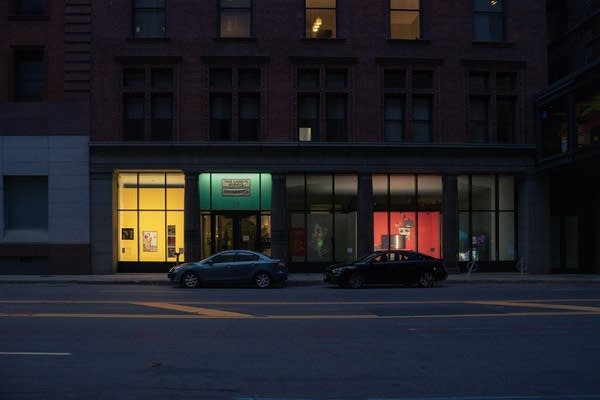'Where power resides' — Flipping privilege in the art curator paradigm

The "Sutures" exhibition by 2020-21 ECI fellow Suriya Khuth in the storefront of the Minnesota Museum of American Art in St. Paul.
Courtesy of Nicole Thomas
Go Deeper.
Create an account or log in to save stories.
Like this?
Thanks for liking this story! We have added it to a list of your favorite stories.



